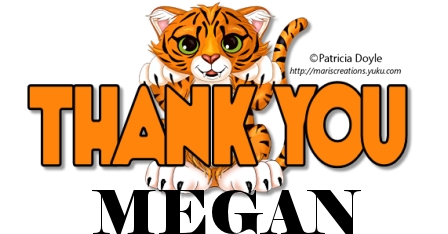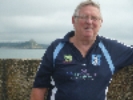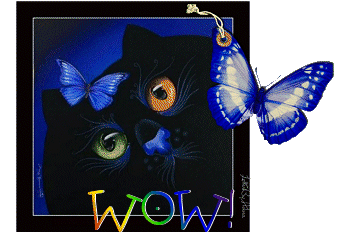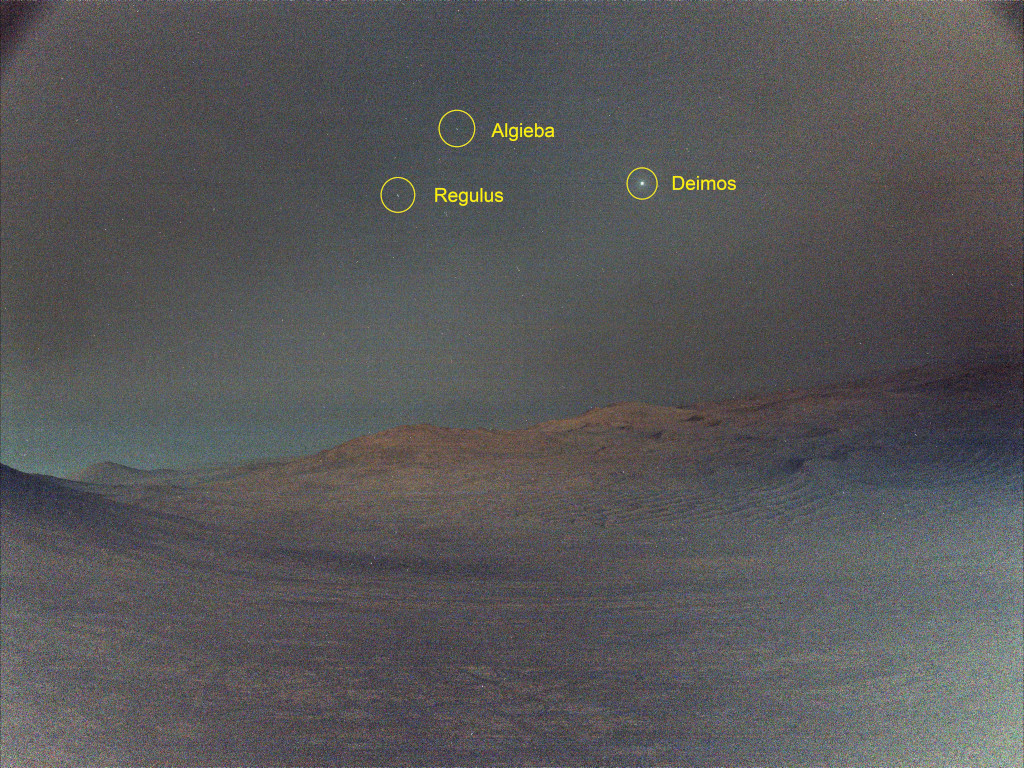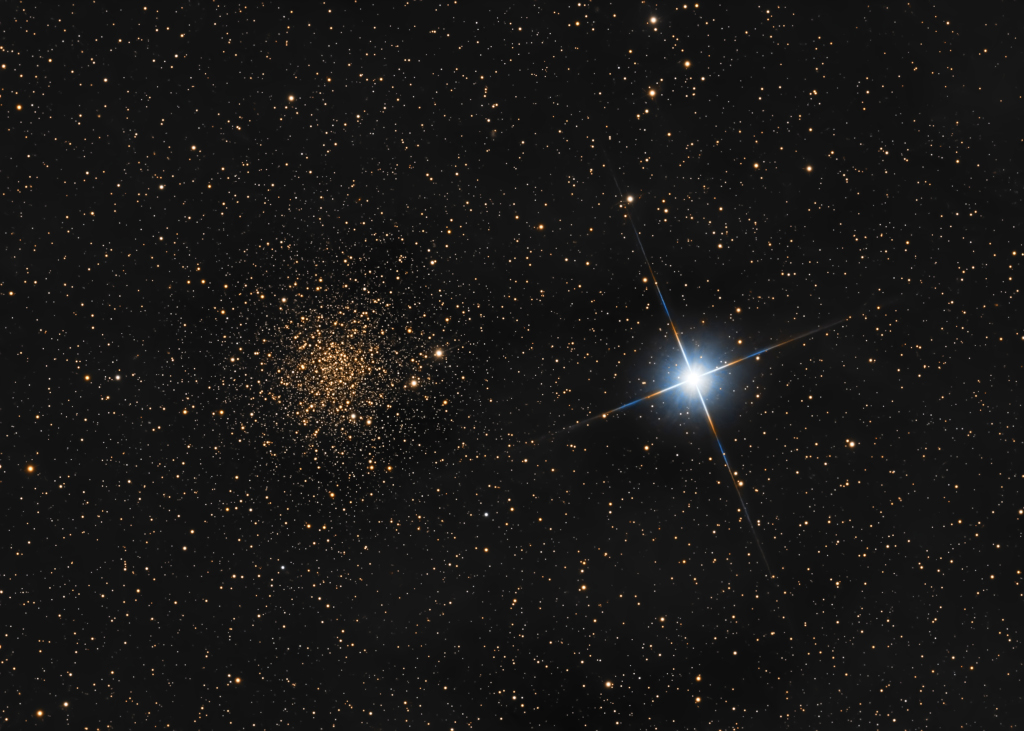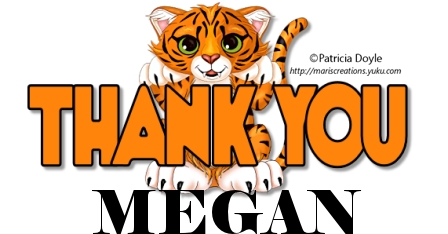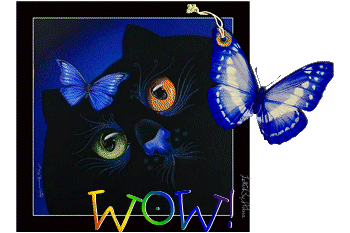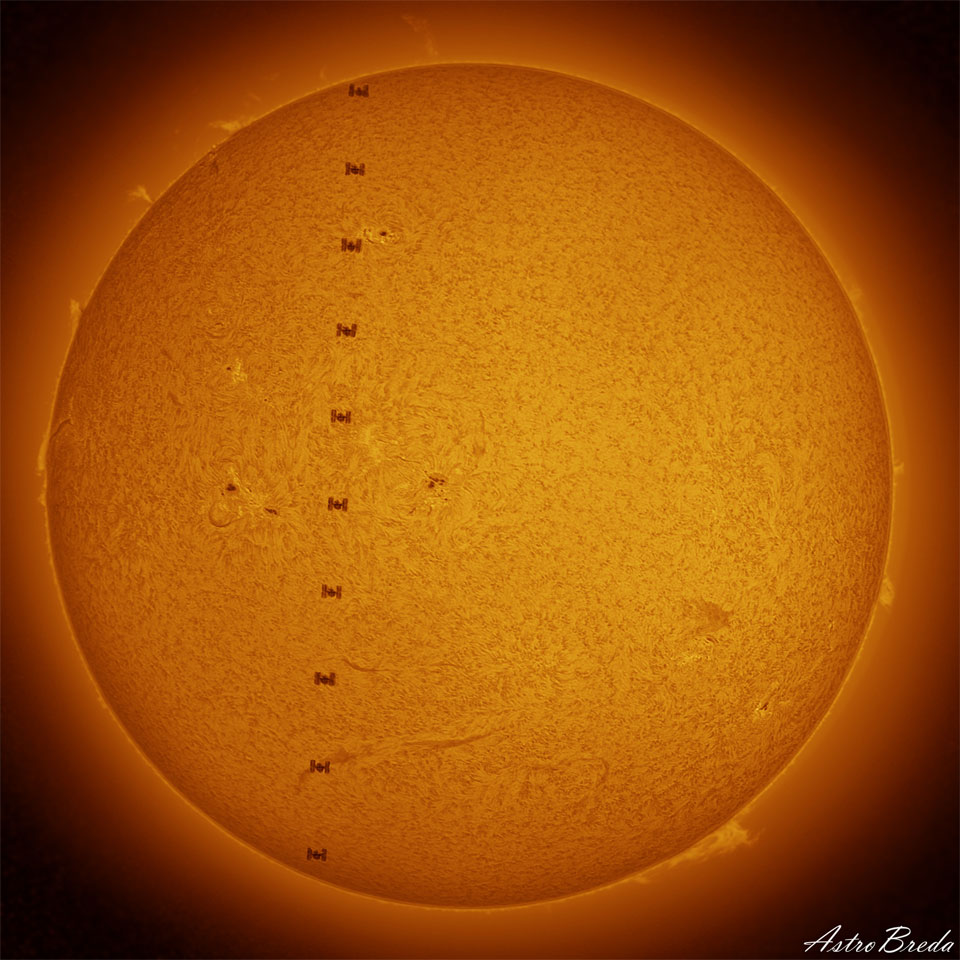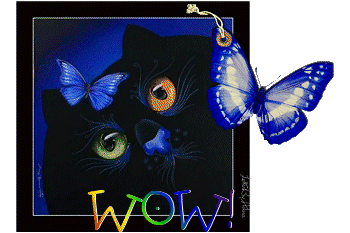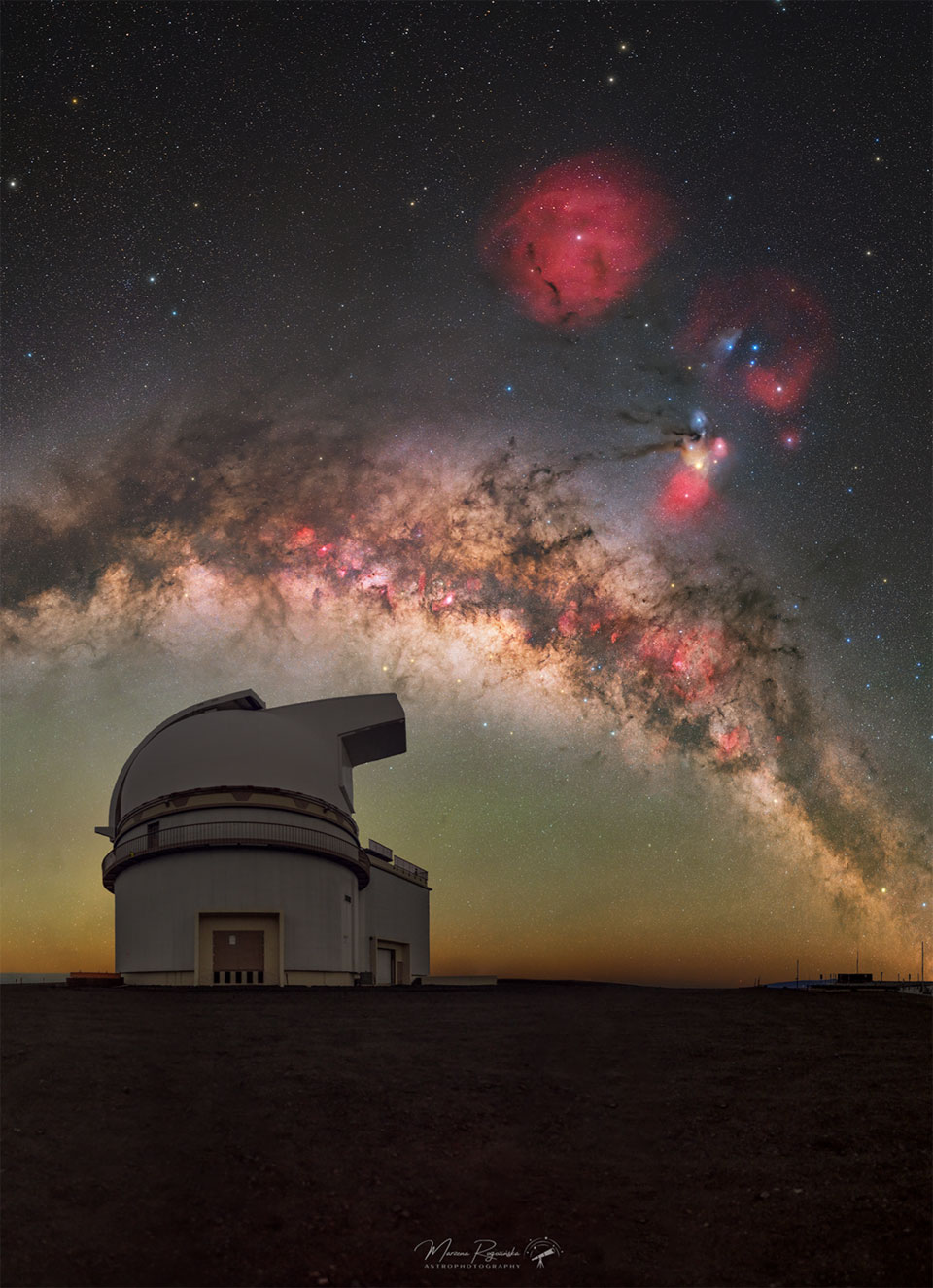
|
| Title: NASA pics | |
| Grapevine50sRoost > ~GENERAL~ > GENERAL DISCUSSION | Go to subcategory: |
| Author | Content |
|
zxxlyzq
|
|
|
Date Posted:09/03/2018 12:10 PMCopy HTML Composition and Processing: Robert Gendler Image Data: ESO, VISTA, HLA, Hubble Heritage Team (STScI/AURA) Explanation: Combined image data from the massive, ground-based VISTA telescope and the Hubble Space Telescope was used to create this wide perspective of the interstellar landscape surrounding the famous Horsehead Nebula. Captured at near-infrared wavelengths, the region's dusty molecular cloud sprawls across the scene that covers an angle about two-thirds the size of the Full Moon on the sky. Left to right the frame spans just over 10 light-years at the Horsehead's estimated distance of 1,600 light-years. Also known as Barnard 33, the still recognizable Horsehead Nebula stands at the upper right, the near-infrared glow of a dusty pillar topped with newborn stars. Below and left, the bright reflection nebula NGC 2023 is itself the illuminated environs of a hot young star. Obscuring clouds below the base of the Horsehead and on the outskirts of NGC 2023 show the tell-tale far red emission of energetic jets, known as Herbig-Haro objects, also associated with newborn stars. |
|
|
Megan57
|
Share to:





 #241
#241
|
|
Re:NASA pics Date Posted:27/05/2025 6:37 AMCopy HTML
|
|
|
Rockymz
|
Share to:





 #242
#242
|
|
Re:NASA pics Date Posted:26/05/2025 7:58 AMCopy HTML Image Credit: ESA/Webb, NASA & CSA, A. Leroy Explanation: What’s happening in the center of spiral galaxy NGC 2566? First, the eight rays that appear to be coming out of the center in the featured infrared image are not real — they are diffraction spikes caused by the mechanical structure of the Webb space telescope itself. The center of NGC 2566 is bright but not considered unusual, which means that it likely contains a supermassive black hole, although currently not very active. At only 76 million light years away, the light we see from NGC 2566 today left when dinosaurs roamed the Earth. The picturesque galaxy is close enough so that Earthly telescopes, including Webb and Hubble, can resolve the turbulent clouds of gas and dust where stars can form and so allows study of stellar evolution. NGC 2566, similar in size to our Milky Way Galaxy, is notable for its bright central bar and its prominent outer spiral arms. |
|
|
Megan57
|
Share to:





 #243
#243
|
|
Re:NASA pics Date Posted:25/05/2025 11:29 AMCopy HTML
|
|
|
Rockymz
|
Share to:





 #244
#244
|
|
Re:NASA pics Date Posted:25/05/2025 8:25 AMCopy HTML Image Credit & Copyright: NASA, Juno, SwRI, MSSS; Processing & License: Gerald Eichstädt & Seán Doran Explanation: Jupiter is stranger than we knew. NASA's Juno spacecraft has now completed over 70 swoops past Jupiter as it moves around its highly elliptical orbit. Pictured from 2017, Jupiter is seen from below where, surprisingly, the horizontal bands that cover most of the planet disappear into swirls and complex patterns. A line of white oval clouds is visible nearer to the equator. Impressive results from Juno show that Jupiter's weather phenomena can extend deep below its cloud tops, that Jupiter's center has a core that is unexpectedly large and soft, and that Jupiter's magnetic field varies greatly with location. Although Juno is scheduled to keep orbiting Jupiter further into 2025, at some time the robotic spacecraft will be maneuvered to plunge into the giant planet. |
|
|
Megan57
|
Share to:





 #245
#245
|
|
Re:NASA pics Date Posted:24/05/2025 9:00 AMCopy HTML
|
|
|
Rockymz
|
Share to:





 #246
#246
|
|
Re:NASA pics Date Posted:24/05/2025 7:58 AMCopy HTML Image Credit: NASA, JPL-Caltech Explanation: Deimos takes 30 hours and 18 minutes to complete one orbit around the Red Planet. That's a little more than one Martian day or sol which is about 24 hours and 40 minutes long, so Deimos drifts westward across the Martian sky. About 15 kilometers across at its widest, the smallest of Mars' two moons is bright though. In fact Deimos is the brightest celestial object in this Martian skyscape captured before sunrise by Perseverance on March 1, the 1,433rd sol of the Mars rover's mission. The image is a composed of 16 exposures recorded by one of the rover's navigation cameras. The individual exposures were combined into a single image for an enhanced low light view. Regulus and Algeiba, bright stars in the constellation Leo, are also visible in the dark Martian predawn sky. |
|
|
Rockymz
|
Share to:





 #247
#247
|
|
Re:NASA pics Date Posted:23/05/2025 6:58 AMCopy HTML Image Credit & Copyright: Massimo Di Fusco Explanation: Most globular star clusters roam the halo of our Milky Way galaxy, but globular cluster NGC 6366 lies close to the galactic plane. About 12,000 light-years away toward the constellation Ophiuchus, the cluster's starlight is dimmed and reddened by the Milky Way's interstellar dust when viewed from planet Earth. As a result, the stars of NGC 6366 look almost golden in this telescopic scene, especially when seen next to relatively bright, bluish, and nearby star 47 Ophiuchi. Compared to the hundred thousand stars or so gravitationally bound in distant NGC 6366, 47 Oph itself is a binary star system a mere 100 light-years away. Still, the co-orbiting stars of 47 Oph are too close together to be individually distinguished in the image. |
|
|
Megan57
|
Share to:





 #248
#248
|
|
Re:NASA pics Date Posted:23/05/2025 6:45 AMCopy HTML
|
|
|
Rockymz
|
Share to:





 #249
#249
|
|
Re:NASA pics Date Posted:22/05/2025 8:05 AMCopy HTML Image Credit & Copyright: Alberto Pisabarro Explanation: A bright spiral galaxy of the northern sky, Messier 63 is nearby, about 30 million light-years distant toward the loyal constellation Canes Venatici. Also cataloged as NGC 5055, the majestic island universe is nearly 100,000 light-years across, about the size of our own Milky Way. Its bright core and majestic spiral arms lend the galaxy its popular name, The Sunflower Galaxy. This exceptionally deep exposure also follows faint loops and curling star streams far into the galaxy's halo. Extending nearly 180,000 light-years from the galactic center, the star streams are likely remnants of tidally disrupted satellites of M63. Other satellite galaxies of M63 can be spotted in the remarkable wide-field image, including dwarf galaxies, which could contribute to M63's star streams in the next few billion years. |
|
|
Megan57
|
Share to:





 #250
#250
|
|
Re:NASA pics Date Posted:22/05/2025 6:39 AMCopy HTML
|
|
|
Rockymz
|
Share to:





 #251
#251
|
|
Re:NASA pics Date Posted:21/05/2025 7:51 AMCopy HTML Image Credit & Copyright: Pau Montplet Sanz Explanation: Typically, the International Space Station is visible only at night. Slowly drifting across the night sky as it orbits the Earth, the International Space Station (ISS) can be seen as a bright spot about once a month from many locations. The ISS is then visible only just after sunset or just before sunrise because it shines by reflected sunlight -- once the ISS enters the Earth's shadow, it will drop out of sight. The only occasion when the ISS is visible during the day is when it passes right in front of the Sun. Then, it passes so quickly that only cameras taking short exposures can visually freeze the ISS's silhouette onto the background Sun. The featured picture did exactly that -- it is actually a series of images taken a month ago from Sant Feliu de Buixalleu, Spain with perfect timing. This image series was later combined with a separate image highlighting the texture of the active Sun which included several Sun's prominences around the edge. |
|
|
Megan57
|
Share to:





 #252
#252
|
|
Re:NASA pics Date Posted:21/05/2025 7:10 AMCopy HTML
|
|
|
MarilynH
|
Share to:





 #253
#253
|
|
Re:NASA pics Date Posted:20/05/2025 7:08 AMCopy HTML Thank you Rocky.... beautiful! |
|
|
Rockymz
|
Share to:





 #254
#254
|
|
Re:NASA pics Date Posted:20/05/2025 7:00 AMCopy HTML Image Credit & Copyright: Marzena Rogozinska Explanation: Have you ever seen the band of our Milky Way Galaxy? In a clear sky from a dark location at the right time, a faint band of light becomes visible across the sky. Soon after your eyes become dark adapted, you might spot the band for the first time. It may then become obvious. Then spectacular. One reason for your growing astonishment might be the realization that this fuzzy swath, the Milky Way, contains billions of stars. Visible in the featured image, high above in the night sky, the band of the Milky Way Galaxy arcs. Also visible are the colorful clouds of Rho Ophiuchi on the right, and the red and circular Zeta Ophiuchi nebula near the top center. Taken in late February from Maunakea, Hawaii, USA, the foreground telescope is the University of Hawaii's 2.2-Meter Telescope. Fortunately, you don’t need to be near the top of a Hawaiian volcano to see the Milky Way. |
|
|
Megan57
|
Share to:





 #255
#255
|
|
Re:NASA pics Date Posted:20/05/2025 6:35 AMCopy HTML Beautiful |
|
|
Rockymz
|
Share to:





 #256
#256
|
|
Re:NASA pics Date Posted:19/05/2025 9:15 AMCopy HTML Image Credit & Copyright: Emili Vilamala Explanation: The defining astronomical moment of this September's equinox is at 12:44 UTC on September 22, when the Sun crosses the celestial equator moving south in its yearly journey through planet Earth's sky. That marks the beginning of fall for our fair planet in the northern hemisphere and spring in the southern hemisphere, when day and night are nearly equal around the globe. Of course, if you celebrate the astronomical change of seasons by watching a sunrise you can also look for crepuscular rays. Outlined by shadows cast by clouds, crepuscular rays can have a dramatic appearance in the twilight sky during any sunrise (or sunset). Due to perspective, the parallel cloud shadows will seem to point back to the rising Sun and a place due east on your horizon on the equinox date. But in this spectacular sunrise skyscape captured in early June, the parallel shadows and crepuscular rays appear to converge toward an eastern horizon's more northerly sunrise. The well-composed photo places the rising Sun just behind the bell tower of a church in the town of Vic, province of Barcelona, Catalonia, Spain |
|
|
Megan57
|
Share to:





 #257
#257
|
|
Re:NASA pics Date Posted:19/05/2025 7:24 AMCopy HTML Amazing facts thanks Rocky |
|
|
Rockymz
|
Share to:





 #258
#258
|
|
Re:NASA pics Date Posted:18/05/2025 6:03 AMCopy HTML Image Credit & Copyright: Gerald Rhemann Explanation: A Halley-type comet with an orbital period of about 133 years, Comet 109P/Swift-Tuttle is recognized as the parent of the annual Perseid Meteor Shower. The comet's last visit to the inner Solar System was in 1992. Then, it did not become easily visible to the naked eye, but it did become bright enough to see from most locations with binoculars and small telescopes. This stunning color image of Swift-Tuttle's greenish coma, long ion tail and dust tail was recorded using film on November 24, 1992. That was about 16 days after the large periodic comet's closest approach to Earth. Comet Swift-Tuttle is expected to next make an impressive appearance in night skies in 2126. Meanwhile, dusty cometary debris left along the orbit of Swift-Tuttle will continue to be swept up creating planet Earth's best-known July and August meteor shower. |
|
|
Rockymz
|
Share to:





 #259
#259
|
|
Re:NASA pics Date Posted:17/05/2025 8:37 AMCopy HTML Image Credit: HiRISE, MRO, LPL (U. Arizona), NASA Explanation: This close-up from the Mars Reconnaissance Orbiter's HiRISE camera shows weathered craters and windblown deposits in southern Acidalia Planitia. A striking shade of blue in standard HiRISE image colors, to the human eye the area would probably look grey or a little reddish. But human eyes have not gazed across this terrain, unless you count the eyes of NASA astronauts in the sci-fi novel, "The Martian," by Andy Weir. The novel chronicles the adventures of Mark Watney, an astronaut stranded at the fictional Mars mission Ares 3 landing site, corresponding to the coordinates of this cropped HiRISE frame. For scale, Watney's 6-meter-diameter habitat at the site would be about 1/10th the diameter of the large crater. Of course, the Ares 3 landing coordinates are only about 800 kilometers north of the (real life) Carl Sagan Memorial Station, the 1997 Pathfinder landing site. |
|
|
Rockymz
|
Share to:





 #260
#260
|
|
Re:NASA pics Date Posted:16/05/2025 7:13 AMCopy HTML Image Credit: NASA, ESA, CFHT, NOAO; Acknowledgement - K.Kuntz (GSFC), F.Bresolin (U.Hawaii), J.Trauger (JPL), J.Mould (NOAO), Y.-H.Chu (U. Illinois) Explanation: Big, beautiful spiral galaxy M101 is one of the last entries in Charles Messier's famous catalog, but definitely not one of the least. About 170,000 light-years across, this galaxy is enormous, almost twice the size of our own Milky Way. M101 was also one of the original spiral nebulae observed by Lord Rosse's large 19th century telescope, the Leviathan of Parsontown. Assembled from 51 exposures recorded by the Hubble Space Telescope in the 20th and 21st centuries, with additional data from ground based telescopes, this mosaic spans about 40,000 light-years across the central region of M101 in one of the highest definition spiral galaxy portraits ever released from Hubble. The sharp image shows stunning features of the galaxy's face-on disk of stars and dust along with background galaxies, some visible right through M101 itself. Also known as the Pinwheel Galaxy, M101 lies within the boundaries of the northern constellation Ursa Major, about 25 million light-years away. |
|
|
Megan57
|
Share to:





 #261
#261
|
|
Re:NASA pics Date Posted:16/05/2025 6:37 AMCopy HTML
|
|
|
Rockymz
|
Share to:





 #262
#262
|
|
Re:NASA pics Date Posted:15/05/2025 10:20 AMCopy HTML Image Credit: NASA, Johns Hopkins Univ./APL, Southwest Research Institute Explanation: This shadowy landscape of majestic mountains and icy plains stretches toward the horizon on a small, distant world. It was captured from a range of about 18,000 kilometers when New Horizons looked back toward Pluto, 15 minutes after the spacecraft's closest approach on July 14, 2015. The dramatic, low-angle, near-twilight scene follows rugged mountains formally known as Norgay Montes from foreground left, and Hillary Montes along the horizon, giving way to smooth Sputnik Planum at right. Layers of Pluto's tenuous atmosphere are also revealed in the backlit view. With a strangely familiar appearance, the frigid terrain likely includes ices of nitrogen and carbon monoxide with water-ice mountains rising up to 3,500 meters (11,000 feet). That's comparable in height to the majestic mountains of planet Earth. The Plutonian landscape is 380 kilometers (230 miles) across. |
|
|
Megan57
|
Share to:





 #263
#263
|
|
Re:NASA pics Date Posted:14/05/2025 6:49 AMCopy HTML Looks more like a walnut whip. Thanks Rocky amazing facts x |
|
|
DirtyDancer1957
|
Share to:





 #264
#264
|
|
Re:NASA pics Date Posted:13/05/2025 9:49 PMCopy HTML
|
|
|
Rockymz
|
Share to:





 #265
#265
|
|
Re:NASA pics Date Posted:13/05/2025 8:26 AMCopy HTML Illustration Credit: ESA, Gaia, DPAC, Stefan Payne-Wardenaar Explanation: What does our Milky Way Galaxy look like from the top? Because we are on the inside, humanity can’t get an actual picture. Recently, however, just such a map has been made using location data for over a billion stars from ESA’s Gaia mission. The resulting featured illustration shows that just like many other spiral galaxies, our Milky Way has distinct spiral arms. Our Sun and most of the bright stars we see at night are in just one arm: Orion. Gaia data bolsters previous indications that our Milky Way has more than two spiral arms. Our Galaxy's center sports a prominent bar. The colors of our Galaxy's thin disk derive mostly from dark dust, bright blue stars, and red emission nebula. Although data analysis is ongoing, Gaia was deactivated in March after a succession mission. |
|
|
Megan57
|
Share to:





 #266
#266
|
|
Re:NASA pics Date Posted:12/05/2025 7:55 AMCopy HTML Amazing Rocky x |
|
|
Rockymz
|
Share to:





 #267
#267
|
|
Re:NASA pics Date Posted:12/05/2025 6:45 AMCopy HTML Illustration Credit: ESA, Gaia, DPAC, Stefan Payne-Wardenaar Explanation: What does our Milky Way Galaxy look like from the side? Because we are on the inside, humanity can’t get an actual picture. Recently, however, just such a map has been made using location data for over a billion stars from ESA’s Gaia mission. The resulting featured illustration shows that just like many other spiral galaxies, our Milky Way has a very thin central disk. Our Sun and all the stars we see at night are in this disk. Although hypothesized before, perhaps more surprising is that the disk appears curved at the outer edges. The colors of our Galaxy's warped central band derive mostly from dark dust, bright blue stars, and red emission nebulas. Although data analysis is ongoing, Gaia was deactivated in March after a successful mission. |
|
|
Megan57
|
Share to:





 #268
#268
|
|
Re:NASA pics Date Posted:11/05/2025 7:28 AMCopy HTML Amazing Rocky thank you |
|
|
Rockymz
|
Share to:





 #269
#269
|
|
Re:NASA pics Date Posted:11/05/2025 7:27 AMCopy HTML Image Credit: Soviet Planetary Exploration Program, Venera 14; Processing & Copyright: Donald Mitchell & Michael Carroll (used with permission) Explanation: If you could stand on Venus -- what would you see? Pictured is the view from Venera 14, a robotic Soviet lander which parachuted and air-braked down through the thick Venusian atmosphere in March of 1982. The desolate landscape it saw included flat rocks, vast empty terrain, and a featureless sky above Phoebe Regio near Venus' equator. On the lower left is the spacecraft's penetrometer used to make scientific measurements, while the light piece on the right is part of an ejected lens-cap. Enduring temperatures near 450 degrees Celsius and pressures 75 times that on Earth, the hardened Venera spacecraft lasted only about an hour. Although data from Venera 14 was beamed across the inner Solar System over 40 years ago, digital processing and merging of Venera's unusual images continues even today. Recent analyses of infrared measurements taken by ESA's orbiting Venus Express spacecraft indicate that active volcanoes may currently exist on Venus. |
|
|
Megan57
|
Share to:





 #270
#270
|
|
Re:NASA pics Date Posted:10/05/2025 8:52 AMCopy HTML
|







